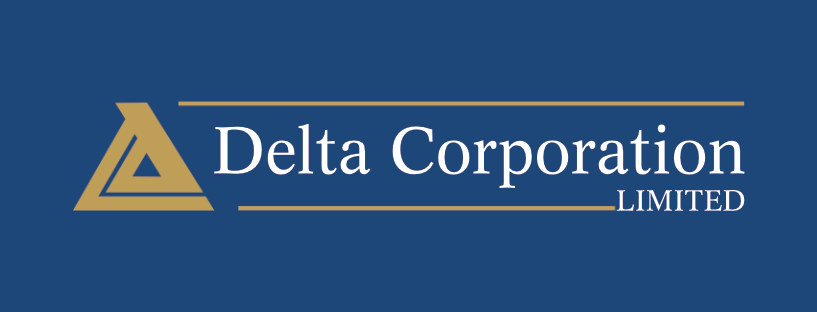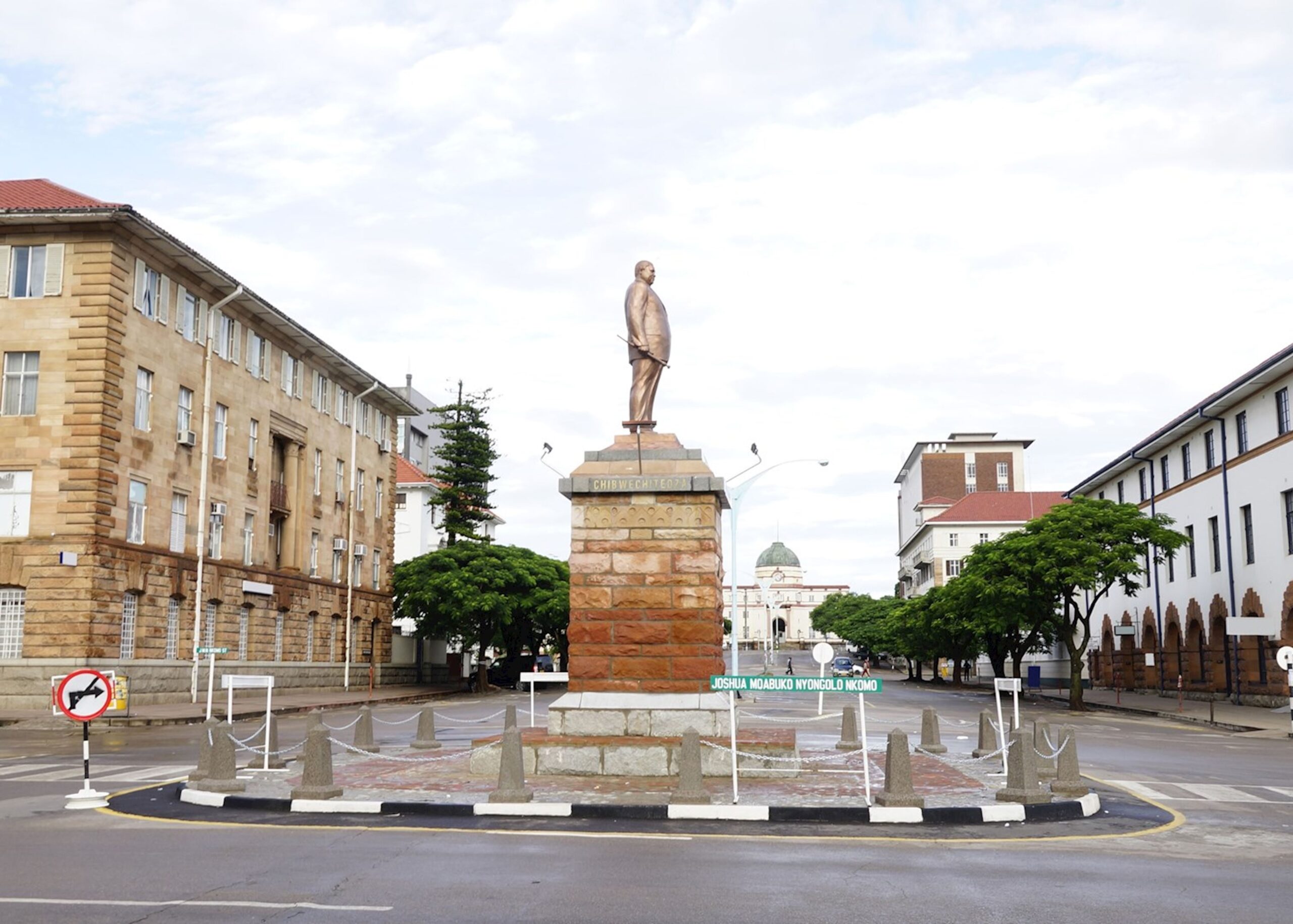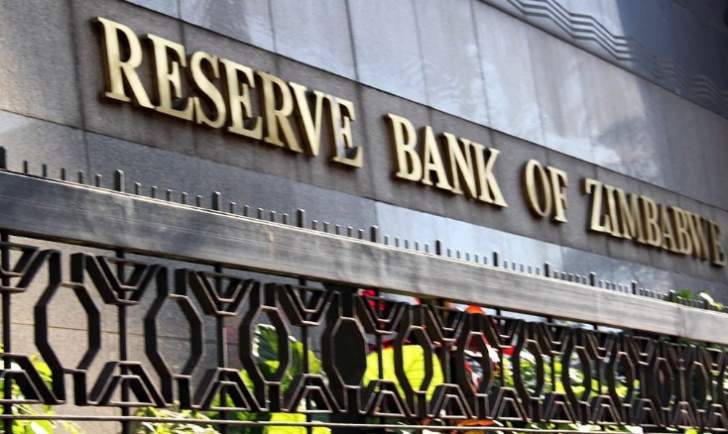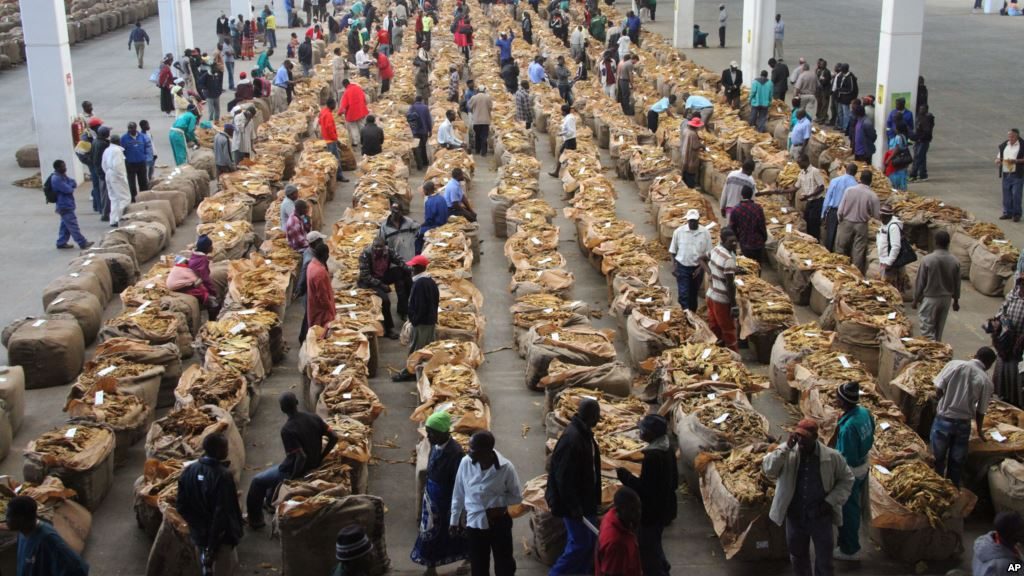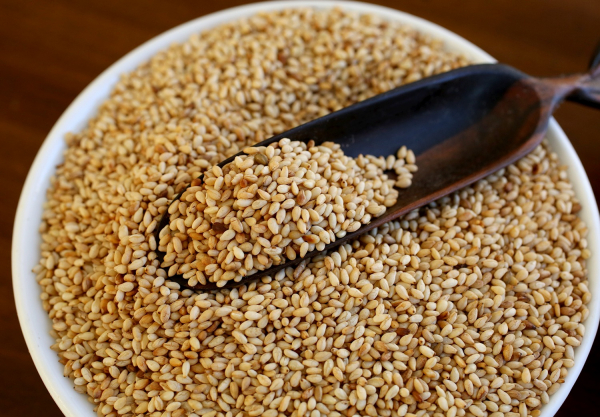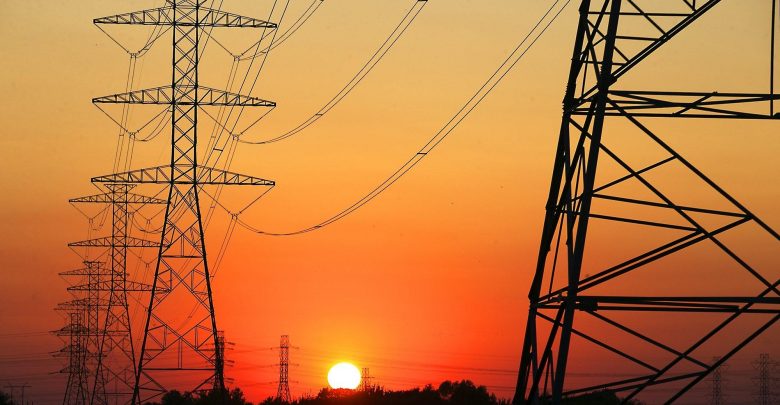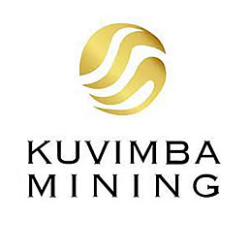Kuvimba targeting 12% increase in gold production in 2025
HARARE – Kuvimba Mining House’s (KMH)’s gold cluster is targeting a 12.5% increase in gold production to 3,600 kg, driven by enhanced ore quality and improved operational efficiency.
The gold cluster consists of Freda Rebecca Gold Mine, Shamva Mine, and Jena Mine, which produced 3,200 kg in the previous financial year.
KMH Head of Gold Cluster Patrick Shayawabaya told FinX that, “In this year, which will end on March 31, we anticipate that our production will be 3,600 kg of gold; that’s a plus or minus 400 kg increase from last year.
“That increase is principally attributed to a slightly higher grade in the ore that we processed, a slight improvement in the tonnage of ore that we milled, and also an improvement in our operating efficiencies in the two plants. ”
With gold prices surging, the KMH Gold Cluster made maximising production a top priority, and this strategic focus allowed them to fully capitalise on the favourable market, resulting in a significant boost in gold output.
“For us as a cluster, it was our target that we have got to produce as much gold as we can given the trajectory the gold price has been on. So we are delighted that we have been able to take full advantage of a booming gold market,” he added.
Gold prices stabilised and consolidated within a narrow range near $2,900 per ounce at the beginning of the week as traders weighed comments from U.S. President Donald Trump, who stated that the economy is in a transitional phase.
Going forward, the KMH Gold Cluster is poised for significant investment in the coming year, targeting US$60 million in capital expenditure for a comprehensive program encompassing exploration, plant, and equipment upgrades across its three companies. This ambitious plan, designed to enhance long-term productivity, will be funded through a combination of internal cash flow and external loans.
“We have got a number of projects lined up for this coming year. We have got a big exploration programme across the three companies. We have got a programme to upgrade and renew our plant and equipment, both in the processing plant and in the mines. So we are looking at about a total of $60 million.”
While the cluster acknowledges the potential for adjustments based on loan acquisition, the focus remains on executing the planned improvements. Despite these investments, the inherent lead time in the mining industry, from exploration to capacity expansion, means the cluster anticipates maintaining its gold production at approximately 3,600 kg for the next financial year, focusing instead on laying the groundwork for future growth.
The KMH Gold Cluster is strategically addressing Zimbabwe’s energy constraints by securing a prepayment agreement with ZESA for priority power access. However, recognising the limitations of relying solely on the national grid, they are actively pursuing renewable energy solutions, specifically solar power, to diversify their energy mix and ensure long-term operational stability.
He added that discussions are underway with potential solar power producers, with the goal of integrating solar energy into their operations within the next two years. This strategic shift aims to mitigate the impact of power disruptions and enhance the long-term energy sustainability of the cluster, currently dependent entirely on ZESA.
“We are looking at renewable energy sources as a potential source of power for us in the future. We are in discussions with potential solar power producers to partner with us, which could in the future contribute towards our power mix. We are looking at a two-year window. Within the next two years, we need to have a portion of our power coming from solar. So currently, it’s entirely 100% from ZESA,” Shayawabaya added. -finx


